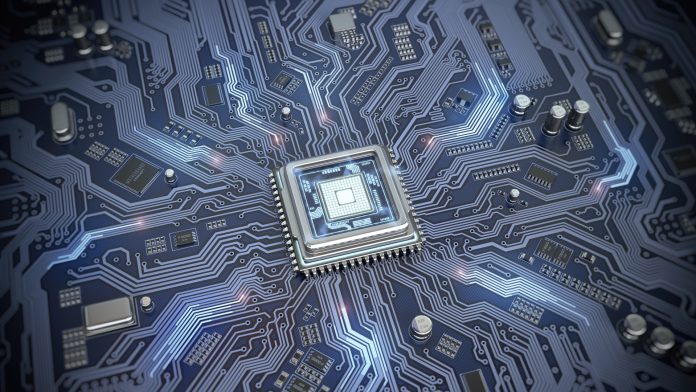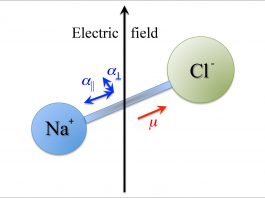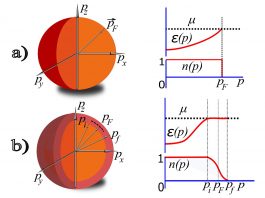Physicists led by the City College of New York, USA, have developed a new topological magnetic superlattice material which can lead to the development of sustainable quantum electronics.
In a new research paper, published in Nature Physics, an international team of physicists, led by Lia Krusin-Elbaum of the City College of New York, outlines how its new topological magnetic superlattice material, can conduct electrical current without losing energy at high temperatures. The finding could be the basis of research leading to new, sustainable quantum electronics materials that can potentially provide a platform for error-free quantum computing.
The research team creates the material in the form of crystals in a laboratory chamber. Atoms, in this process are naturally arranged into well-organised layers, often referred to as a magnetic superlattice.
Utilising the ‘Quantum Anomalous Hall Effect’
This research is centred around the ‘Quantum Anomalous Hall Effect’ (QAHE), which describes an insulator that conducts current in discrete channels on its surfaces without dissipation. QAHE current does not lose energy as it travels and has the potential, if industrialised, to advance energy-efficient technologies.
The QAHE is the quantum version of the ‘Anomalous Hall Effect’, which outlines the current of conduction electrons, created perpendicularly to an electrical current in a ferromagnetic metallic wire due to the spins of the localised d-electrons. While the Anomalous Hall Effect requires a combination of magnetic polarisation and spin-orbit coupling to generate a finite Hall voltage even in the absence of an external magnetic field, the quantum anomalous Hall effect is its quantised version.
“The main advance of this work is that the new higher temperature QAHE regime is robust, eminently tuneable through electron irradiation and thermal vacancy redistribution, and can be modified on-demand by adjusting the superlattice sequence, leading to a platform for topological superconductivity,” said Krusin-Elbaum, professor in CCNY’s Division of Science. Krusin-Elbaum and her graduate student Haiming Deng said they can advance this platform to other topological magnets. The goal behind the development of this material is to help transform future quantum electronics.









